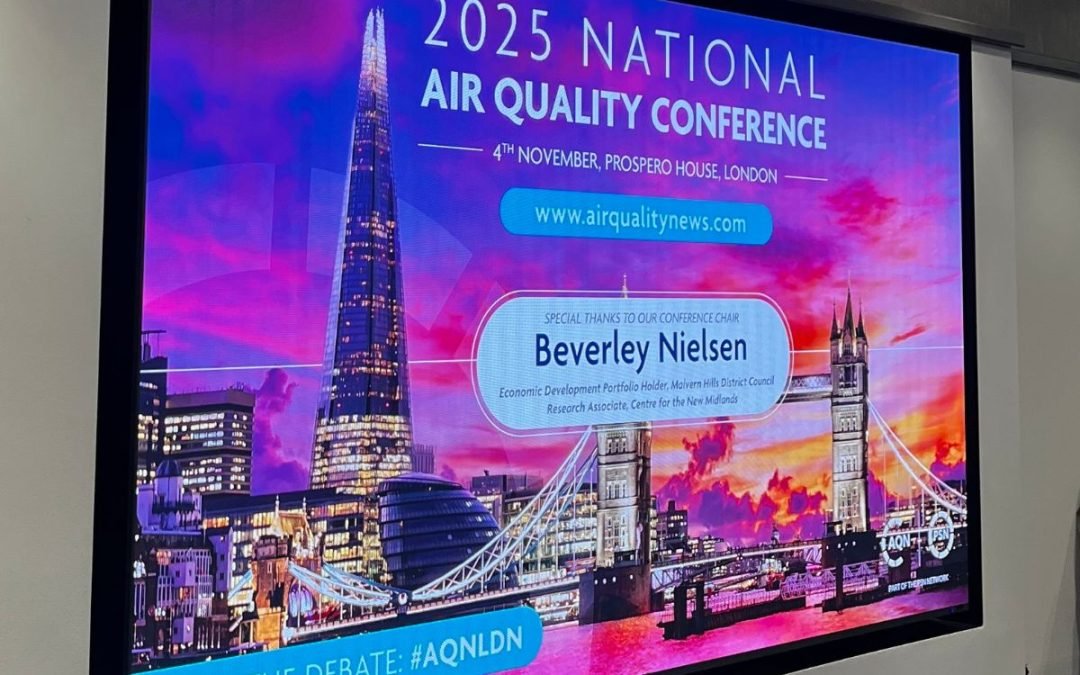Something’s shifting in construction dust monitoring, and the firms paying attention are pulling ahead fast.
While most sites still operate with outdated monitoring approaches (or cross their fingers hoping problems don’t arise), a handful of forward-thinking teams have discovered that real-time dust monitoring isn’t just about compliance anymore. It’s become a genuine competitive advantage.
But here’s the thing about competitive advantages: they don’t last forever. The window for first-mover benefits is open right now, but it’s closing. Let me show you why.
Construction Compliance is Growing
The regulatory landscape is tightening faster than most people realise. India’s Central Pollution Control Board just extended dust control rules to construction sites smaller than 20,000 square meters – projects that previously operated without formal monitoring requirements now need documented control measures and weekly reporting.
Closer to home, UK construction dust control regulations continue evolving with health and safety authorities taking an increasingly proactive stance. Construction activities can release dust concentrations of 270-1000 mg/m³, well beyond safe limits set by environmental agencies.
The pattern is clear: regulatory bodies worldwide are moving from broad-brush compliance checking to granular, real-time oversight. Sites that waited for complaints or violations are finding themselves constantly reactive, while those with continuous monitoring systems stay ahead of problems.
Real-Time Monitoring Works for Construction
Want to see what proactive dust monitoring looks like in action? Look at what UCLA researchers accomplished in Los Angeles following the recent wildfires.
Their Community Action Project (CAP AIR) deployed 20 real-time air quality monitoring stations across western Los Angeles County specifically to track PM10 particles – the larger particles typically generated by construction and demolition activities. Unlike traditional monitoring that covers broad areas, these hyperlocal sensors provide street-level data updated every 5-10 minutes.
“Cleanup activities — debris removal and demolition — and construction may further stir up dust and other contaminants, prolonging exposure risks for returning residents and construction workers,” explained Dr. Yifang Zhu, the UCLA expert leading the project. Their solution? Real-time visibility that lets teams adjust operations immediately when readings spike.
Of course you don’t have to go to Los Angeles to see the benefits of real-time dust monitoring in construction. EMSOL has been delivering this now for years.
Early Adopters Are Already Winning
The competitive advantages aren’t theoretical – they’re happening right now.
Construction companies using real-time dust monitoring systems report they can respond to exceedance and mitigate dust emissions before they impact people or environment. That’s not just good environmental stewardship; it’s smart business that prevents costly work stoppages and community relations disasters.
In California, sites following SCAQMD Rule 1466 requirements for particulate matter emissions monitoring are finding that proactive dust control measures not only ensure compliance but create operational efficiencies. Real-time data enables construction teams to optimise work schedules around weather conditions and adjust operations before problems develop.
Meanwhile, integrated risk management systems combining real-time dust monitoring with proximity sensing are being deployed on large-scale civil construction sites, providing dual functionality of safety alerts and environmental compliance.
Why the Window Won’t Stay Open Forever
Here’s what happens with competitive advantages: they work until everyone has them.
Right now, most construction firms are still operating reactively. They wait for dust complaints, deal with violations after they happen, and hope community relations don’t deteriorate. The firms that have moved to real-time monitoring are standing out dramatically.
But this advantage window is temporary. As more projects face stringent monitoring requirements and clients start expecting real-time environmental data, what’s currently a differentiator will become table stakes. The firms positioning themselves now are the ones that will set industry standards rather than scramble to meet them.
This creates an interesting strategic decision for construction firms: move early and gain first-mover advantages, or wait until real-time monitoring becomes mandatory and lose the competitive edge.
The early movers are already discovering benefits beyond compliance. Real-time dust monitoring helps with project scheduling, community relations, worker safety, and contract differentiation. Sites with continuous monitoring data can demonstrate environmental responsibility in ways that resonate with clients, communities, and regulatory bodies.
If you’re ready to explore what real-time dust monitoring could mean for your construction projects, the key is finding a solution that provides genuine operational value rather than just compliance checking.
EMSOL specialises in real-time air quality monitoring systems designed specifically for construction environments. Our integrated platform combines dust monitoring with smart camera analytics to identify pollution sources in real-time, helping construction teams move from reactive cleanup to proactive dust control.
Want to see how real-time dust monitoring could work for your projects? Get in touch with our team to discuss your specific requirements and discover how early adopters are staying ahead of tightening compliance requirements while building stronger community relationships.
The competitive advantage window is open now – but it won’t stay that way forever.





